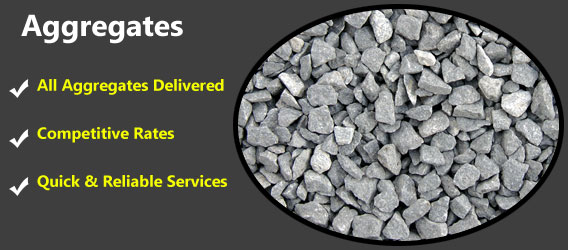 |
| Concrete Admixtures |
Concrete
admixtures are liquids or powders which are added to the concrete during mixing
in small quantities, normally based on the cement content. They influence the
properties of the fresh and/or hardened concrete chemically and/or physically.
The standard
includes the following under “Special Terms” (slightly abbreviated):
Admixtures –
definitions and effects
· Water
reducer
Enables the
water content of a given concrete mix to be reduced without affecting the
consistence, or increases the workability without changing the water content,
or achieves both effects.
· Super
plasticizer
Enables the
water content of a given concrete mix to be greatly reduced without affecting
the consistence, or greatly increases the workability without changing the
water content, or achieves both effects.
· Stabilizer
Reduces
mixing water bleeding in the fresh concrete.
· Air
entrainer
Introduces a
specific quantity of small, evenly distributed air voids during the mixing
process which remain in the concrete after it hardens.
· Set
accelerator
Reduces the
time to initial set, with an increase in initial strength.
· Hardening
accelerator
Accelerates
the initial strength with or without an effect on the setting time.
· Retarder
Retards the
time to initial set and prolongs the consistence.
· Water
proofer
Reduces the
capillary water absorption of the hardened concrete.
· Retarder/water
reducer
Has the
combined effects of a water reducer (main effect) and a retarder (additional
effect).
· Retarder/super
plasticizer
Has the
combined effects of a super plasticizer (main effect) and a retarder
(additional effect).
· Set
accelerator/water reducer
Has the
combined effects of a water reducer (main effect) and a set accelerator
(additional effect).




